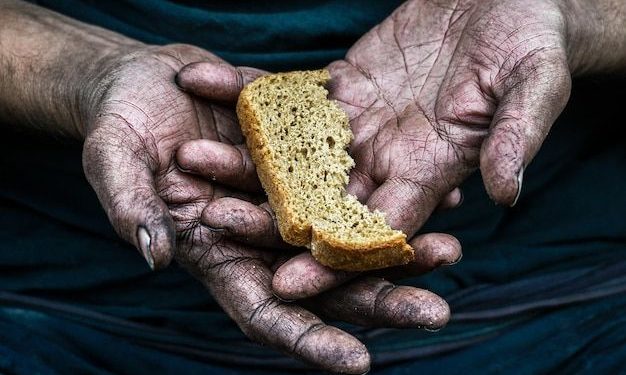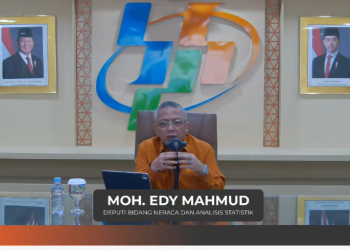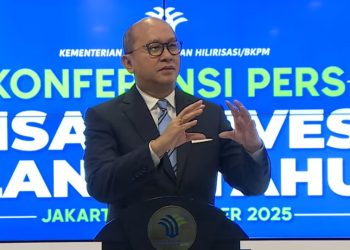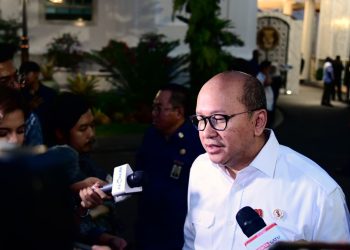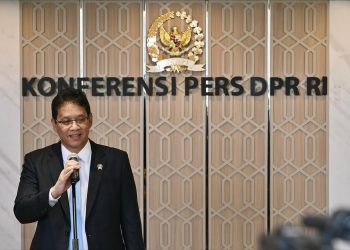Jakarta, Indonesia Sentinel — A recent World Bank report estimating that over 60% or amount to 171 million Indonesians people live in poverty. The report has sparked debate over the accuracy and applicability of global poverty measurements.
Amalia Adininggar Widyasanti, head of Indonesia’s Statistics Agency (BPS), explained that the World Bank uses a global benchmark based on 2017 purchasing power parity (PPP) for upper-middle-income countries, set at US$6.85 per capita per day.
“This figure isn’t directly convertible using today’s exchange rates, because it’s based on PPP values from 2017,” Amalia said during a press briefing at the Presidential Palace on Wednesday (April 30). “That’s why the conversion results in different numbers.”
She also noted that the World Bank’s poverty line is not meant to be applied uniformly across all nations. Each country has its own poverty threshold that reflects its unique economic characteristics. As in Indonesia, poverty lines vary significantly by province.
“When we calculate poverty in Indonesia, we don’t rely on a single national line. We use provincial data, which is then aggregated into the national figure,” Amalia said.
World Bank Poverty Report
The World Bank calculates Indonesia’s poverty rate using 2017 purchasing power parity (PPP), a method that compares poverty levels across countries by adjusting for differences in local living costs and price levels.
Indonesia was classified as an upper-middle-income country by the World Bank in 2023 after reaching a gross national income (GNI) of $4,580 per capita. As a result, the poverty threshold applied to Indonesia under the World Bank’s standards is $6.85 per person per day, based on 2017 PPP levels.
However, this figure is not directly convertible to U.S. dollars using current exchange rates. Instead, it relies on a PPP conversion factor. For Indonesia in 2017, that factor was 4,756.17.
Read Also:
This means the poverty line translates to daily spending below approximately Rp32,579, or around Rp977,392 per month. Based on this benchmark, the World Bank estimates that 60.3% of Indonesia’s 284 million people or around 171 million individuals live below the poverty line.
By contrast, Indonesia’s Central Statistics Agency (BPS) reported a significantly lower figure. As of September 2024, BPS recorded 24.06 million Indonesians living in poverty, accounting for 8.57% of the population. This figure was shared during a press briefing on January 15, 2025.
BPS has urged the public and policymakers to interpret the World Bank’s poverty data with caution, emphasizing that the figures are meant as international references, not mandatory national benchmarks.
(Raidi/Agung)


